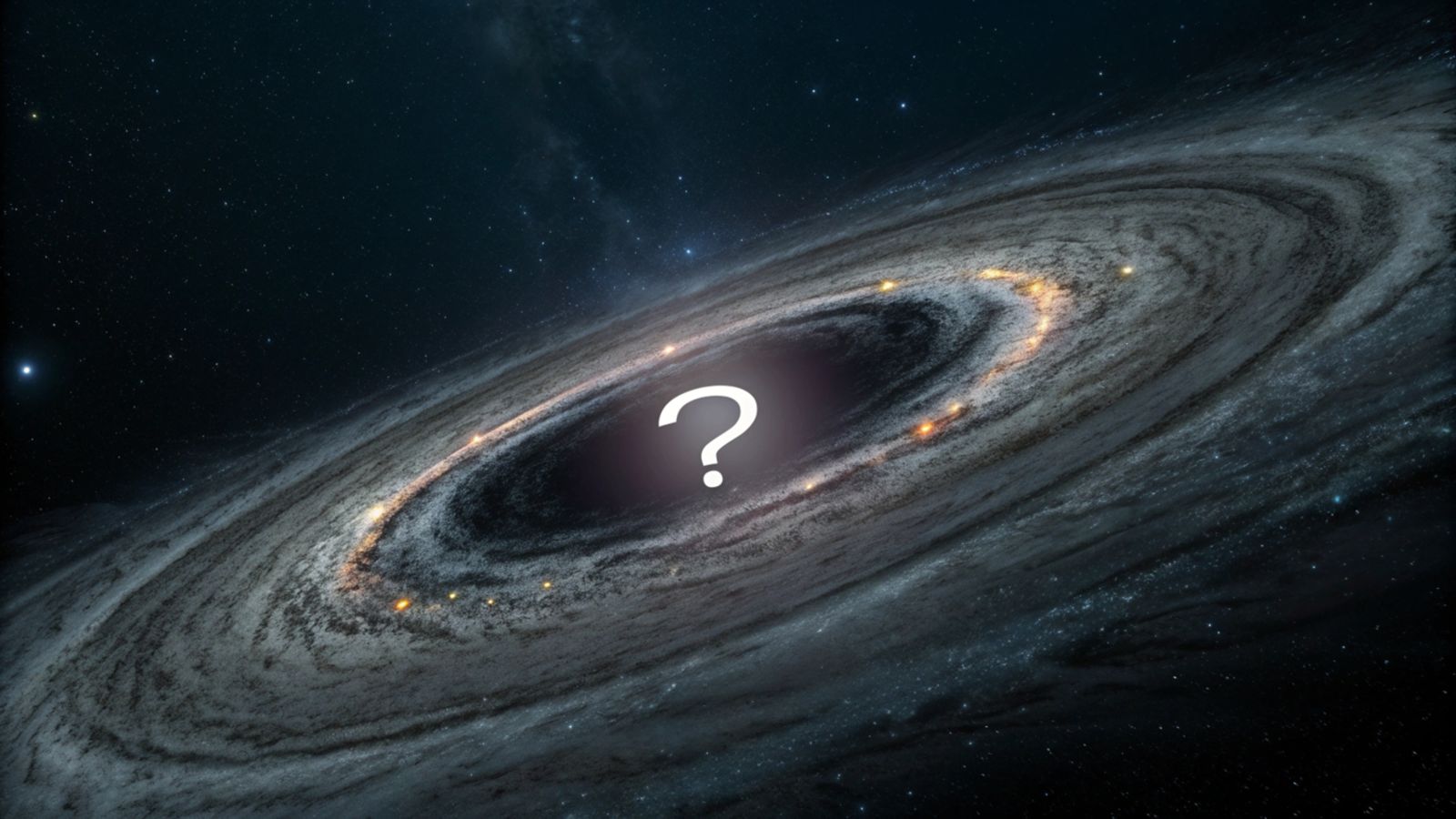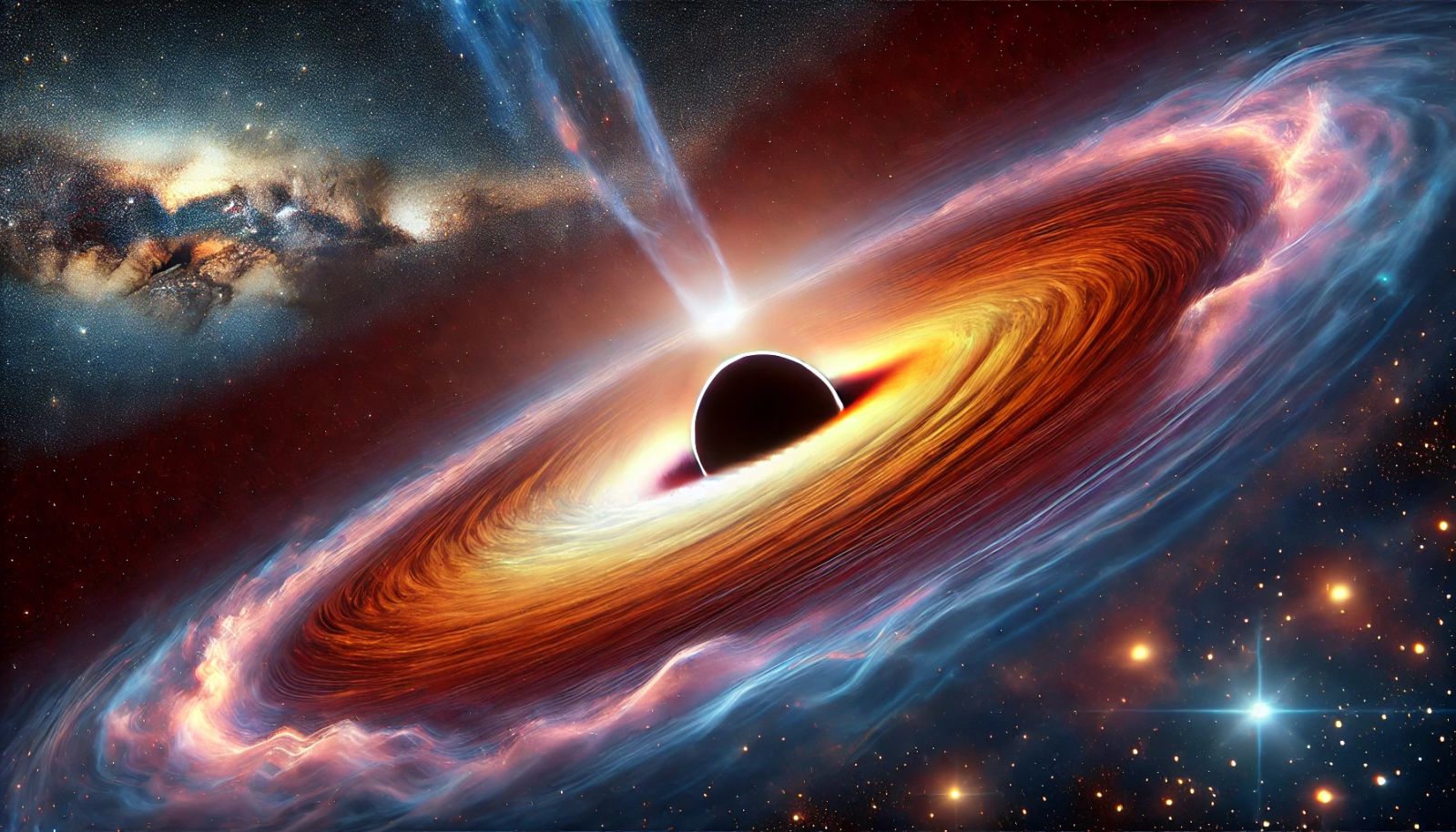Follow us on Google News (click on ☆)

Discovered 800 million years after the Big Bang, this black hole weighs 400 million times the mass of the Sun. Despite its gargantuan size, it paradoxically does not appear to be in a feeding frenzy. This detail underscores a major enigma: how could these cosmic monsters grow so quickly at the dawn of the Universe?
Supermassive black holes are typically identified when they are surrounded by bright accretion disks, heated by intense friction. Yet, this inactive giant was detected due to its overwhelming gravitational influence.
Its discovery raises new questions. Current theories estimate that it takes billions of years for a black hole to reach such proportions. However, recent observations show black holes of similar mass in a Universe less than a billion years old. This contradiction could challenge established models.
According to recent simulations, these early black holes may experience exceptional phases of overfeeding. By temporarily exceeding a threshold known as the "Eddington limit," they could grow rapidly before resting for hundreds of millions of years. These brief yet intense periods of activity might explain their accelerated growth.
Researchers, such as Roberto Maiolino from the Kavli Institute for Cosmology, estimate that these "super-accretion" episodes could last between 5 and 10 million years. For the majority of the time, however, these cosmic giants would remain inactive, invisible to our current instruments.

This black hole is surrounded by a bright disk of gas and dust, a sign of intense activity.
This dormant black hole may be only the visible part of a much larger phenomenon. Astronomers suspect that many dormant giants populate the early Universe. Detecting them remains challenging, as their inactivity makes them nearly invisible.
Thus, this sleeping giant serves as a reminder that the Universe still harbors mysteries. This type of discovery could revolutionize our understanding of galaxy and black hole evolution.